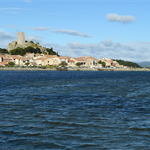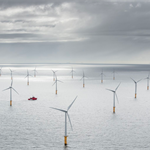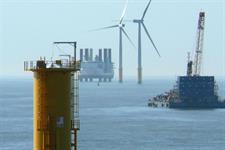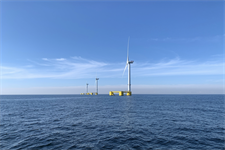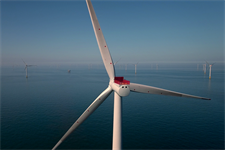Ørsted, Shell and EDF bid in New Jersey’s offshore wind tender
Energy Disrupter

Ørsted, Shell and EDF are among developers competing in New Jersey’s tender for up to 2.4GW of offshore wind capacity.
The deadline for bids in the state’s second offshore wind tender round closed yesterday (10 December).
Atlantic Shores – a 50:50 joint venture of Shell New Energies and EDF Renewables – stated that it submitted a proposal to the New Jersey Board of Public Utilities to supply the state with output from 2.3GW of offshore wind capacity.
It is unclear how many projects this includes, but the developer added that the first wind farm in its proposal could be online by 2027. The developer had unsuccessfuly bid for the 2500MW Atlantic Shores Offshore Wind Atlantic Shores Offshore Wind (2500MW) Offshoreoff Atlantic City, New Jersey, USA, North America Click to see full details project in the neighbouring state of New York.
Meanwhile, Ørsted has also submitted a bid for its Ocean Wind 2 project.
It has not confirmed the proposed capacity of its wind farm, or when it might be online.
Both developers have also announced investments in education and workforce development as part of their respective bids.
Atlantic Shores plans to support development of a 5-10MW green hydrogen pilot and work with academic partners to explore commercial pathways for battery storage as part of its bid.
It also announced several partnerships, with a local university, college and youth group.
Meanwhile, Ørsted said it plans to invest in New Jersey’s offshore wind manufacturing capabilities, as well as in research, grants and workforce training programmes, as part of its bid.
The Danish utility is developing the state’s first offshore wind farm, the 1100MW Ocean Wind Ocean Wind (1100MW) Offshoreoff Atlantic City, New Jersey, USA, North America Click to see full details project. It recently agreed to sell 25% of the project to local utility Public Service Enterprise Group (PSEG).
If New Jersey awards 2.4GW of capacity as planned, its offshore wind pipeline would more than triple from 1.1GW to 3.5GW.





